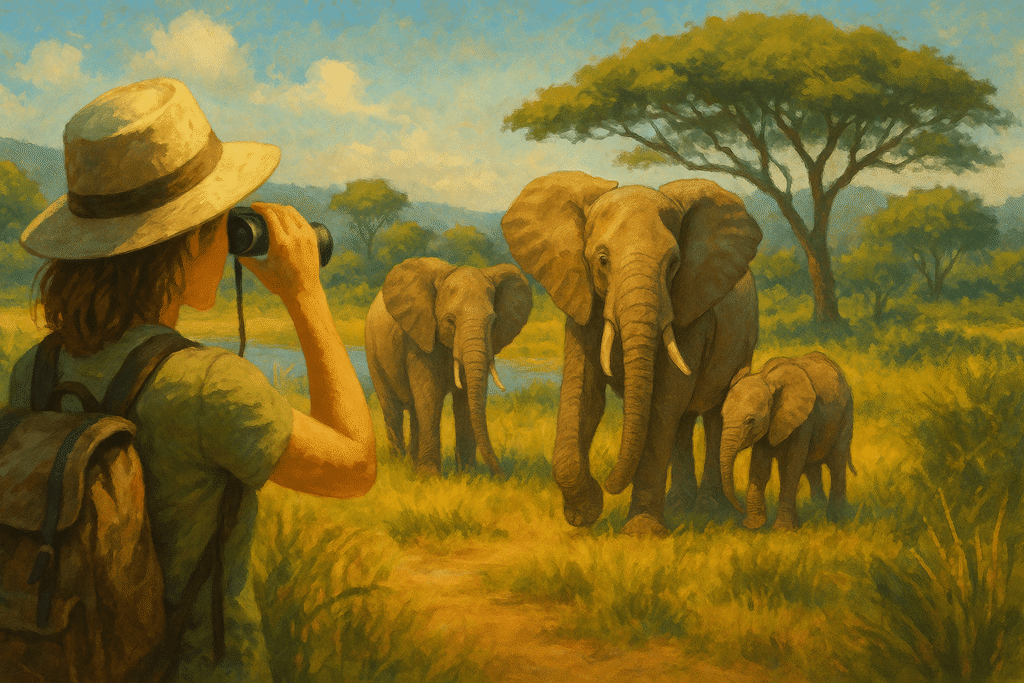Ethical Wildlife Tourism and How to Do It Right
Wildlife experiences can be some of the most inspiring moments while traveling. Seeing animals in their natural habitats reminds us of the beauty and balance of nature. Yet not all wildlife tourism supports conservation or animal welfare. Choosing ethical options helps protect both wildlife and local communities.
Research Before You Book
Before joining any tour or visiting an animal attraction, take time to learn about the organization. Look for clear policies on animal welfare and conservation. Ethical operators do not allow touching, feeding, or close interaction with wild animals. They focus on education and observation from a respectful distance.
Avoid Exploitative Attractions
If an activity involves riding, hugging, or posing with animals, it is likely not ethical. Many animals used for photos or performances have been taken from the wild or kept in poor conditions. Instead, choose sanctuaries or reserves that prioritize rehabilitation and release over entertainment.
Support Local Conservation Efforts
Ethical wildlife tourism can directly benefit communities that live alongside wildlife. Choose guides and lodges that employ local people, contribute to habitat protection, or support anti-poaching programs. Your spending can help create incentives for conservation rather than exploitation.
Be a Responsible Visitor
Always follow local rules and your guide’s instructions. Keep noise low, avoid flash photography, and maintain a safe distance. Do not litter or disturb the environment. Respecting animals’ space helps them remain wild and reduces stress caused by human presence.
Think Beyond the Trip
Share your experience thoughtfully. Highlight the importance of ethical choices when posting photos or stories. Support organizations that protect habitats or fight wildlife trafficking. Small actions, repeated by many travelers, can make a real difference.
Final Thoughts
Ethical wildlife tourism is about connection without harm. It means valuing the experience of seeing animals live freely rather than chasing the perfect photo. When you travel with care and awareness, your presence becomes part of the solution rather than the problem.

